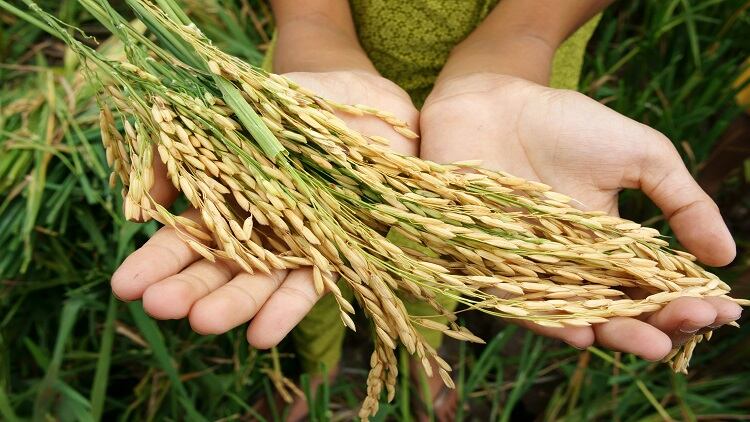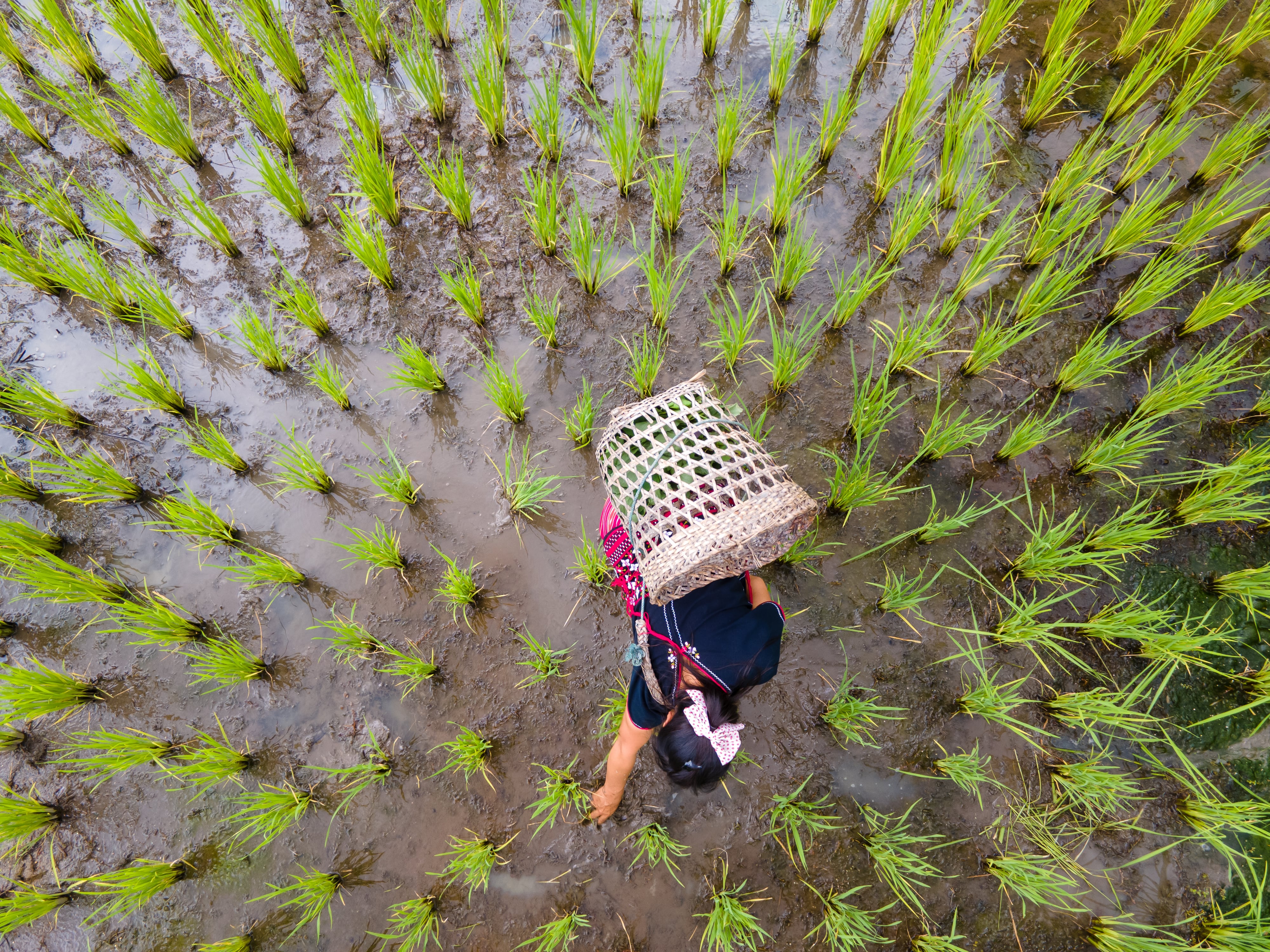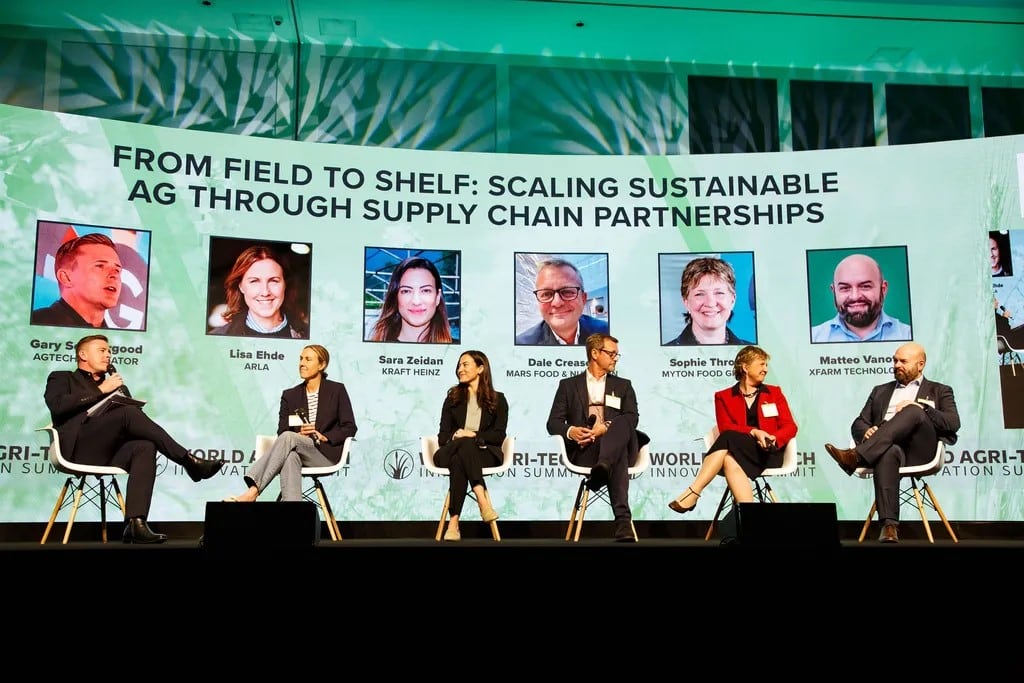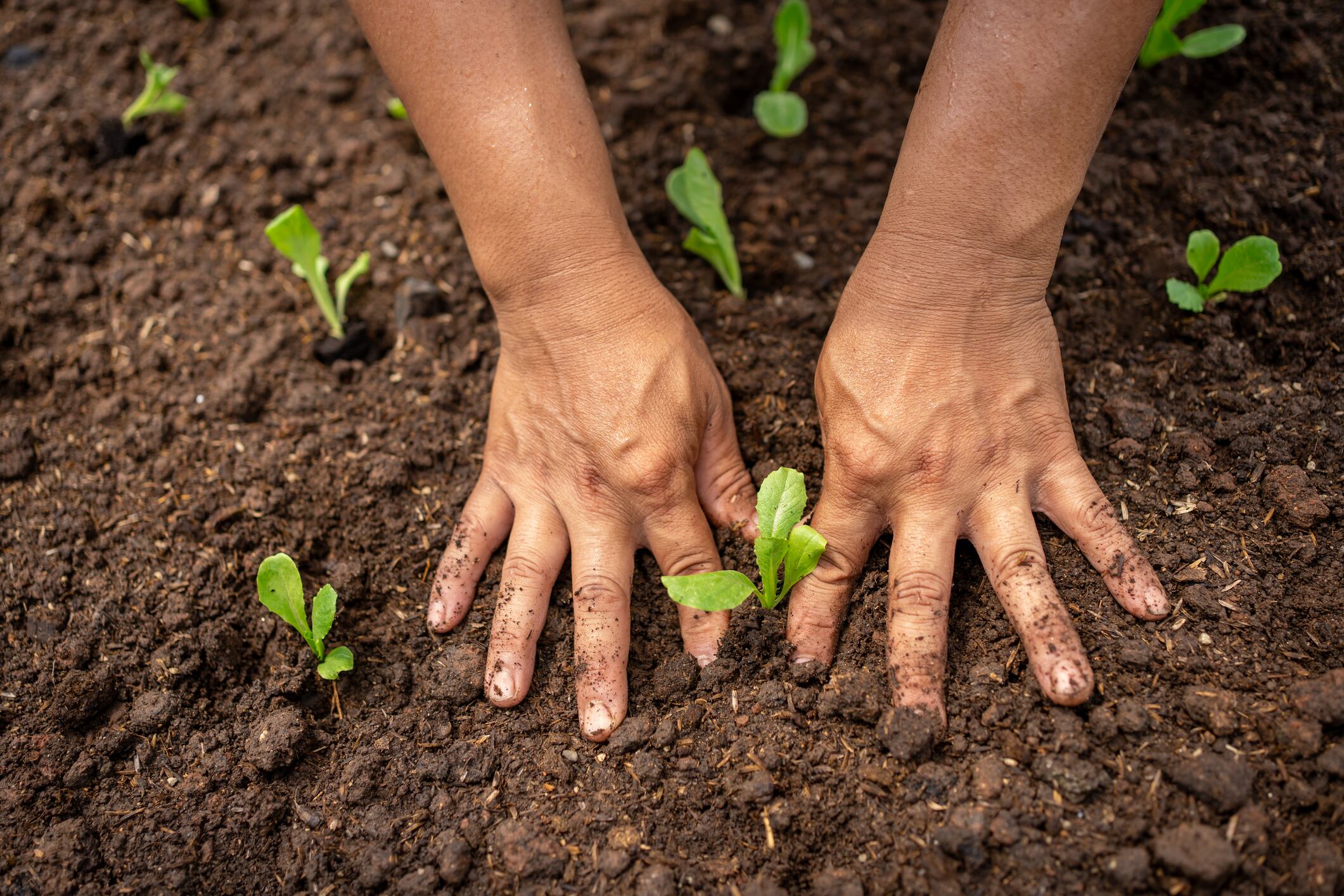Agriculture Secretary Francisco Tiu Laurel Jr. announced a 30-day extension on its rice import ban, a measure to support domestic farmers during its peak harvest season.
The Philippines initially set its rice import ban for 60 days ending in October. However, it is likely that the ban will continue at least till the end of this year.
Speaking to AgTechNavigator, Tanya Rana, Senior Price Reporter at S&P Global Commodity Insights, said Philippine rice importers believe the ban could be extended to December.
“Philippine rice importers have already made deals with the Vietnamese exporters for a November shipment. Now that the government has extended the ban for another 30 days, they are saying it could be extended to December. There’s no confirmation but there are talks to extend and ship next year instead,” said Rana.
In addition to that, she believes Manila is likely to increase rice tariffs from the current 15% to 35% once the import ban lifts.
Impact on pricing
The Philippines was Vietnam’s biggest rice buyer in 2025, importing 2.9mt from January to August, said Rana quoting Vietnam Custom data.
The kind of grades that Philippine buy is mostly the premium rice, Vietnamese fragrant 5% rice, and the price has fallen tremendously.
According to data from Platts, part of S&P Global Commodity Insights, Vietnamese Fragrant 5% rice was $437/mt FOB on October 3 – down $57/mt from August 6 when Manila first announced the import ban.
This has impacted other rice producers in the region as well – most notably in Thailand, where Thai 5% broken white rice prices have fallen to a nearly nine-year low at $334/mt FOB on October 3.
In response, the market expects Thai government is likely to introduce a minimum export price on rice, said Rana.
Despite this, Vietnam now faces a limited supply of rice which will drive up prices in the country, further squeezing its rice farmers.
“Vietnam has a total in three crops. The Winter-Spring crop is the largest and the next crop is only in March. We are left with the Summer-Autumn and Autumn-Winter crops, and I would say, there’s not much quantities available. These are the premium rice varieties that gets exported to the Philippines. Most Vietnamese eat swarna rice that’s imported from India. Vietnam is the second big importer of rice after the Philippines,” said Rana.
Ultimately, this will impact farmers the most, said Rana.
“The people who are going to suffer the most are the farmers. Farmers are going to suffer more because of all this policy change, because the prices are dropping almost daily, and not just in Vietnam, even in Thailand.”
“The market expects it to drop by another $20 to $25,” said Rana.
The global outlook
Another piece on the chessboard is Indonesia, which has not been importing rice as it focuses on being self-sufficient.
“Last year, Indonesia was the number one importer in the world. This year, because of new policies this year, and they want to be self-sufficient, they have stopped importing and they did not import any rice from January onwards.” said Rana.
With key importers like Indonesia and the Philippines absent from the market, overall global demand for rice is weak, putting prices are under pressure.





